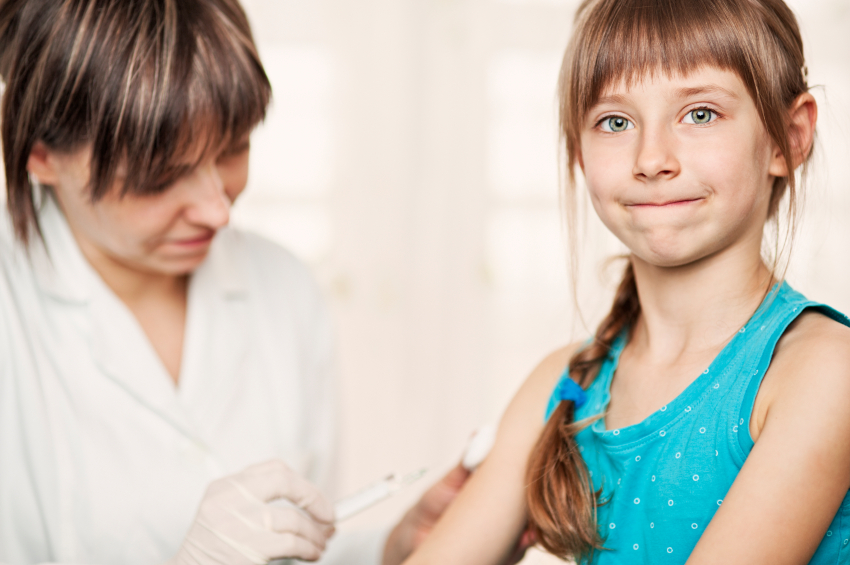HPV Vaccine: The 4 W’s

by Dr. Annie Baker
Human papillomavirus (HPV) is a virus that is spread by skin-to-skin contact, usually including sexual intercourse, or any other contact involving the genital area.
Over one hundred different types of HPV have been identified; more than fifty of these are known to infect the cervix and approximately fifteen are known to cause cervical cancer. Researchers have labeled the HPV types as being high or low risk for causing cervical cancer.
HPV Types 6 and 11 can cause about 90 percent of genital warts. These types are low-risk because they do not cause cervical cancer.
HPV Types 16 and 18 are the high-risk types that cause most cases of cervical cancer. HPV types 45 and 31 are also high-risk types, causing about 5 to 10 percent of cervical cancers.
Why the HPV Vaccine?
It has been estimated that 75 to 80 percent of sexually active adults will acquire HPV infection before the age of 50. That’s over 250 million in the U.S. alone, with the majority of those occurring between the ages of 15-26. Most people who are infected with HPV have no signs or symptoms, therefore they don’t realize they have it.
Cervical cancer is the third most common female cancer worldwide and HPV types 16 and 18 cause approximately 70 percent of cervical cancers and 50 percent of precancerous cervical lesions.
HPV types 16 and 18 are also found in 72 percent of anal cancers and 69 percent of precancerous anal lesions. Although it remains an uncommon cancer, the incidence of anal cancer is increasing in the United States and other countries.
HPV types 6 and 11 also cause 90 percent of genital warts. Genital warts are associated with physical and psychological morbidity and have a high rate of treatment failure.
Remember that males also acquire HPV-related disease including genital warts, and less commonly, penile and anal cancer, which are similar to cervical cancer in their strong association with HPV infection.
Note: Although condoms may help prevent other sexually transmitted diseases, condoms do not provide complete protection from HPV infection because condoms do not cover all exposed genital skin. Most HPV infections have no signs or symptoms and are usually unrecognized.
Who Should Get the Vaccine… And When
HPV VACCINES Gardasil, a quadrivalent HPV vaccine, targets HPV types 6, 11, 16, and 18 [11] while Cervarix, a bivalent vaccine, targets HPV types 16 and 18. HPV vaccine is indicated for girls and boys BEFORE the onset of sexual activity.
Either vaccine can be administered to girls aged 11-12 years and can be administered to those as young as 9 years of age (15-16); girls and women ages 13-26 years who have not started or completed the vaccine.
The quadrivalent (Gardasil) HPV vaccine can also be used in males aged 9-26 years to prevent genital warts. Administering the vaccine to boys before the onset of sexual activity is optimal.
Remember HPV vaccine efficacy and safety in boys and young men helps prevention of genital ulcers and anal cancer, but also possibly prevents decreased transmission of HPV infection to female sex partners and potential for prevention of oral cancers.
Both HPV vaccines are administered as a three-dose series of IM injections over a six-month period, with the second and third doses given 1-2 months and then six months after the first dose.
Again, the clinical trial data of vaccine efficacy in men and women suggest that immunization with HPV vaccine is most effective among individuals who have not been infected with HPV. Thus, the optimal timing of HPV immunization is before sexual activity occurs. Therefore, vaccinate earlier rather than later!









